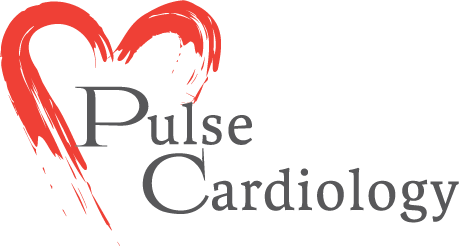Types of Congenital Heart Disease

Heart disease is becoming more and more common in people nowadays. While most cases involve ailments caused due to lifestyle and improper diet, CHD or congenital heart disease can account for roughly 1% of the births happening worldwide. From the 1930s to the early 2000s, the number of cases of such diseases has risen steadily.
Heart disease that happens at birth is especially troublesome, considering the age of the patient and the weaker body at the time of birth. While later in life, diseases of the heart can still be treated, CHDs can be trickier to deal with.
So, let us know the types of congenital heart disease that are normally detected and diagnosed? The first step to treat them is to understand what they do to the body.
Aortic Valve Stenosis
This is a rather serious type of congenital heart ailment. The aortic valve that controls the blood flow out of the left ventricle to the main artery is rather narrow. This can cause the left ventricle muscle to become thicker since the heart has to pump blood more aggressively.
Aortic Coarctation
This is a case where the aorta has a narrow portion, allowing less blood to flow through it. This case could be severe, and the doctor might suggest treatment shortly after birth.
Ebstein’s Anomaly
In this rare form of defect, the tricuspid valve on the right side of the heart doesn’t develop properly. This can cause the blood to flow in a wrong path inside the heart. It can happen on its own or might even happen along with an atrial septal defect.
Patent Ductus Arteriosus
The ductus arteriosus is a blood vessel that connects the aorta to the pulmonary artery directly. This connection is automatically closed after birth, but if it doesn’t, it causes this kind of heart defect.
Pulmonary Valve Stenosis
When the opening of the pulmonary valve is narrower than usual, the right heart pump needs to work harder to get blood to the lungs.
Atrial Septal Defect
A hole between the connecting chambers of the heart can cause extra blood flow into the right side of the heart. This can cause the chamber to stretch and enlarge.
Ventricular Septal Defect
This is a more common form of congenital heart defect than ASD. When there’s a hole between the pumping chambers of the heart, extra blood flows through the hole. This can cause a stretching on the left side pumping chamber.
Single Ventricle Defects
In this case, only one of the pumping chambers develops properly. It can be potentially life-threatening at birth.
Tetralogy of Fallot
This can cause the baby to appear blue at times. A combination of multiple defects, this happens when the following occur at the same time –
- right ventricular hypertrophy
- ventricular septal defect
- overriding aorta
- pulmonary valve stenosis
Anomalous Pulmonary Venous Connection (TAPVC)
This can be either total or partial. The 4 veins that take oxygenated blood from the lungs to the left side of the heart if connected improperly or going over to the right side can cause a heart defect.
Transposition of the great arteries
Pretty serious defect, but equally as rare. Happens when the pulmonary artery and aorta are swapped with each other.
In most cases, Congenital Heart Diseases deal with weakened blood vessels, ill-developed walls of the heart or some minor perforation in the chambers of the heart which impairs the function of the heart to pump blood efficiently.
If you want to schedule an appointment with one of our qualified cardiologists, please call or contact us.
